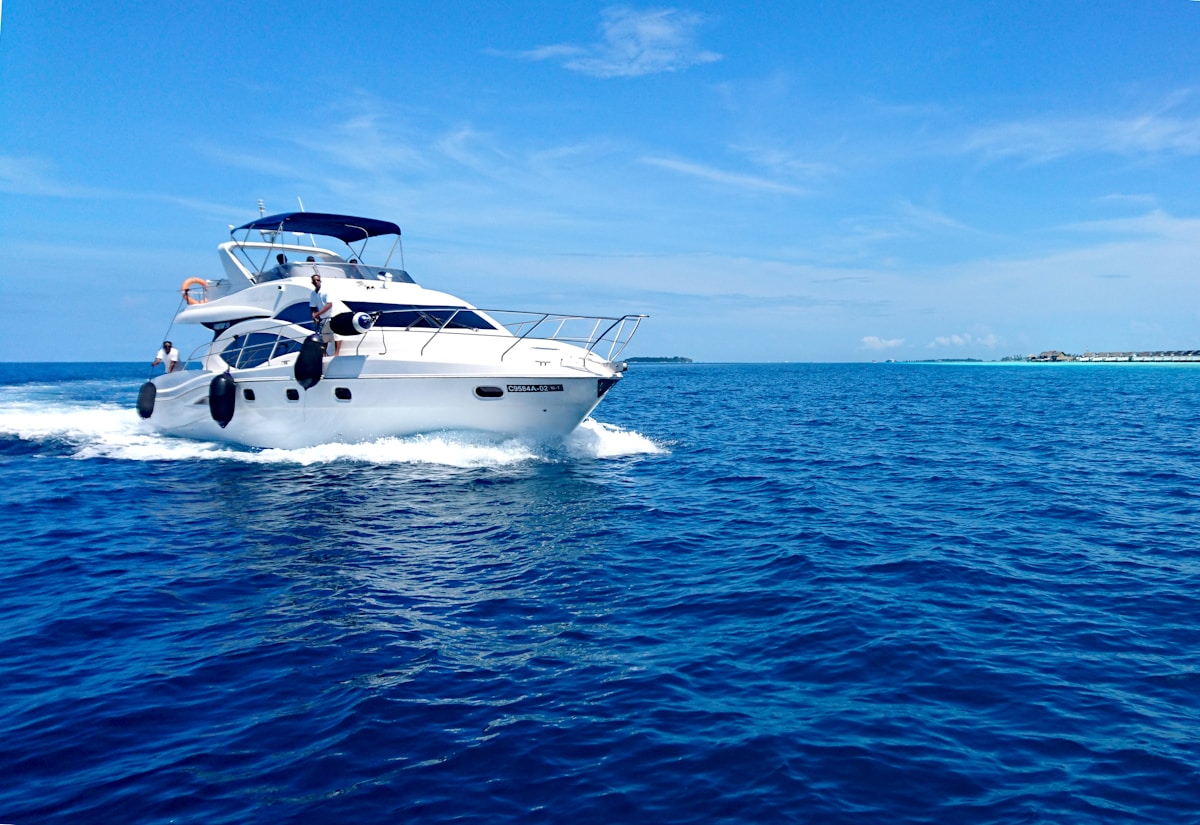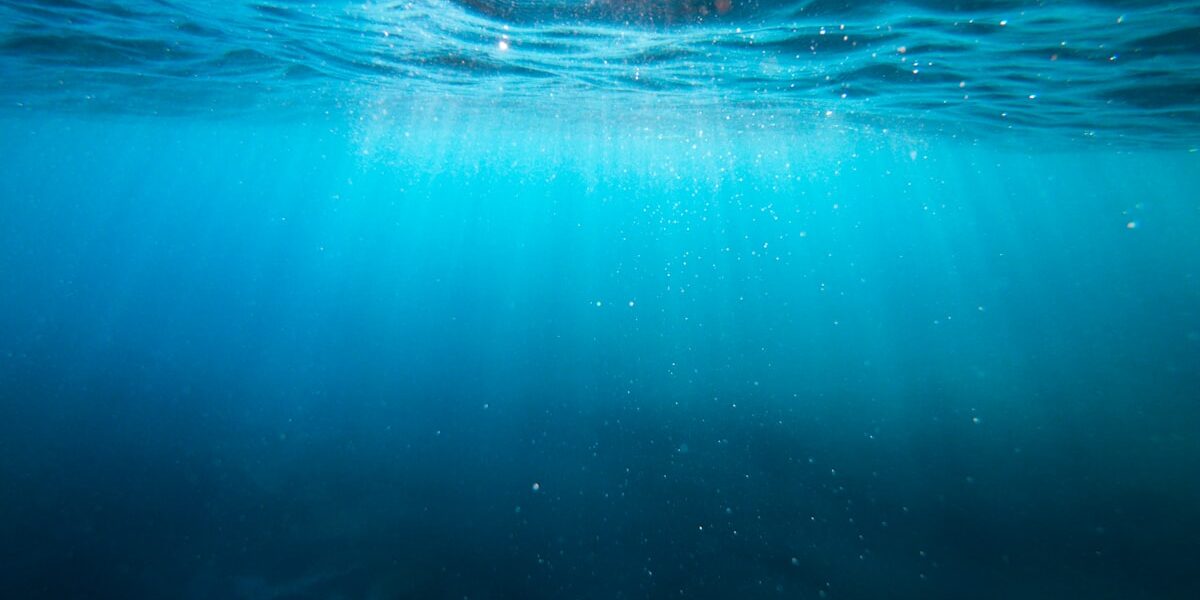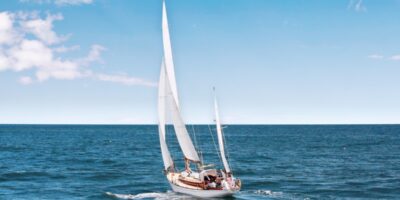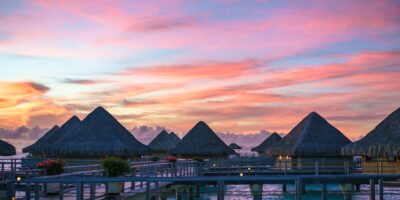Coastal Cruising Boats
Coastal cruising boats offer a blend of versatility and performance, ideal for both beginners and seasoned sailors. These vessels are designed to handle a variety of conditions typical in coastal regions, including varying wind patterns and shallow waters. Understanding the various types of coastal cruising boats, their features, and their maintenance can help in making an informed choice.

Types of Coastal Cruising Boats
Several boat types are suitable for coastal cruising, each with its unique characteristics. Knowing the options can guide you in choosing the right boat for your needs.
Sailboats
Sailboats are a popular choice for coastal cruising. They rely on wind power, which makes them economical and environmentally friendly. There are different classes of sailboats, including sloops, cutters, ketches, and catamarans. Sloops have a single mast and two sails, offering simplicity and ease of handling. Cutters and ketches have more sails and masts, providing greater versatility in various wind conditions. Catamarans, with their two hulls, offer stability and ample living space.
Powerboats
Powerboats, or motorboats, rely on engine power, offering speed and ease of use. They require less sailing knowledge, making them accessible to beginners. Powerboats include trawlers, motor yachts, and pilothouse boats. Trawlers are known for their fuel efficiency and long-range capabilities. Motor yachts provide luxury and comfort with ample living space. Pilothouse boats offer protection from the elements and good visibility for navigation.
Multihulls
Multihulls, such as catamarans and trimarans, offer stability, speed, and space. Catamarans have two hulls connected by a central platform, providing a stable and spacious living area. Trimarans have one main hull and two smaller outrigger hulls, offering speed and maneuverability. Multihulls are ideal for families or those seeking comfort with good sailing performance.
Key Features to Consider
When choosing a coastal cruising boat, several features are essential. Evaluating these can ensure a comfortable and safe cruising experience.
Draft
The draft is the vertical distance between the waterline and the bottom of the boat’s hull. A shallower draft allows access to more coastal areas and is ideal for exploring bays and inlets. It also makes it easier to anchor close to shore.
Stability
Stability is crucial for comfort and safety. Boats with a wider beam, or the width of the boat, offer better stability. Keel type also affects stability; full keels provide good tracking and stability, while fin keels offer better maneuverability.
Living Space
Comfortable living space is vital for extended trips. Look for boats with well-designed cabins, adequate berth space, and functional galley areas. Ample storage for provisions and gear is also important.
Engine Power
Engine power is critical for powerboats and as auxiliary power for sailboats. Consider the engine’s horsepower, fuel efficiency, and maintenance requirements. A reliable engine ensures safe and efficient travel, especially in challenging conditions.
Navigation and Safety Equipment
Proper navigation and safety equipment are essential. GPS, radar, and AIS (Automatic Identification System) assist in navigation. Safety equipment such as life vests, EPIRBs (Emergency Position Indicating Radio Beacons), and flares are vital for emergency preparedness.
Maintenance Tips
Regular maintenance is key to the longevity and performance of coastal cruising boats. A well-maintained boat provides a safer and more enjoyable cruising experience.
Hull Maintenance
Regular hull inspections are important to identify any damage or wear. Cleaning the hull reduces drag and improves fuel efficiency. Anti-fouling paint helps prevent marine growth, which can degrade hull performance over time.
Sail and Rigging Care
For sailboats, inspecting sails and rigging is crucial. Look for any signs of wear or damage. Properly storing sails when not in use prolongs their lifespan. Regularly check and maintain rigging to ensure it remains taut and functional.
Engine Maintenance
Regular engine checks can prevent breakdowns. Change oil and filters as per manufacturer recommendations. Inspect fuel lines and connections for leaks. Proper winterization procedures protect the engine during off-season storage.
Electrical Systems
Inspect electrical systems for any signs of wear or damage. Ensure batteries are charged and connections are secure. Consider installing a marine-grade solar panel system to maintain battery charge.
Safety Equipment Checks
Regularly check safety equipment. Ensure life vests are in good condition and accessible. Test EPIRBs and other emergency devices. Keep first aid kits fully stocked and accessible.
Popular Coastal Cruising Destinations
Exploring coastal regions provides exciting opportunities to discover diverse landscapes, cultures, and marine life. Here are some notable coastal cruising destinations worth exploring.
Chesapeake Bay, USA
Known for its scenic beauty and rich maritime history, Chesapeake Bay offers numerous anchorages and quaint towns. The bay’s protected waters provide a safe cruising environment, suitable for both beginners and experienced sailors.
The Dalmatian Coast, Croatia
The Dalmatian Coast boasts crystal-clear waters, historic towns, and numerous islands. The region offers a mix of tranquil anchorages and vibrant ports, making it a popular destination for coastal cruisers.
Bay of Islands, New Zealand
This subtropical region is renowned for its stunning landscape and abundant marine life. The bay offers sheltered waters and numerous anchoring spots, perfect for exploring by boat.
The Whitsunday Islands, Australia
Located in the heart of the Great Barrier Reef, the Whitsunday Islands are famous for their beautiful beaches and clear waters. The region provides a variety of anchorages and snorkeling opportunities.
The Greek Islands
Greece offers a blend of rich history, beautiful landscapes, and vibrant culture. The Greek Islands provide endless cruising possibilities, from the Ionian Islands in the west to the Cyclades in the Aegean Sea.
Learning Resources and Communities
Engaging with sailing communities and utilizing learning resources can enhance your coastal cruising experience. Connecting with experienced sailors and accessing educational materials is beneficial.
Sailing Schools
Sailing schools offer courses for all skill levels. They provide hands-on experience and essential knowledge, from basic sailing techniques to advanced navigation and safety practices.
Online Forums and Groups
Online forums and social media groups connect you with fellow sailing enthusiasts. These platforms provide a wealth of knowledge, from boat maintenance tips to destination recommendations.
Books and Guides
Numerous books and guides are available, offering in-depth information on coastal cruising. They cover various topics, including boat selection, navigation, and maintenance.
Sailing Clubs
Joining a sailing club offers access to events, resources, and a supportive community. Clubs often organize races, cruises, and social events, providing opportunities to connect and learn from others.
Environmental Considerations
Being mindful of environmental impact is crucial for responsible coastal cruising. Employing eco-friendly practices helps preserve marine ecosystems and ensures sustainable enjoyment of coastal regions.
Waste Management
Proper waste management is essential. Use onboard holding tanks for sewage and dispose of waste at designated facilities. Minimize trash generation and dispose of it responsibly onshore.
Eco-friendly Products
Use environmentally friendly products, such as biodegradable cleaners and non-toxic antifouling paints. These products help protect marine life and water quality.
Fuel Efficiency
Optimizing fuel efficiency reduces emissions and pollution. Keep your engine well-maintained and plan efficient routes. Consider alternative energy sources, such as solar panels and wind turbines.
Wildlife Respect
Respect marine wildlife and habitats. Avoid disturbing wildlife and adhere to local guidelines for protected areas. Maintain a safe distance from marine animals and reefs.
“`




Subscribe for Updates
Get the latest articles delivered to your inbox.
We respect your privacy. Unsubscribe anytime.